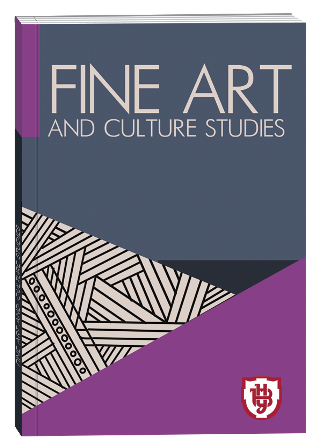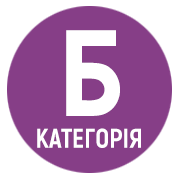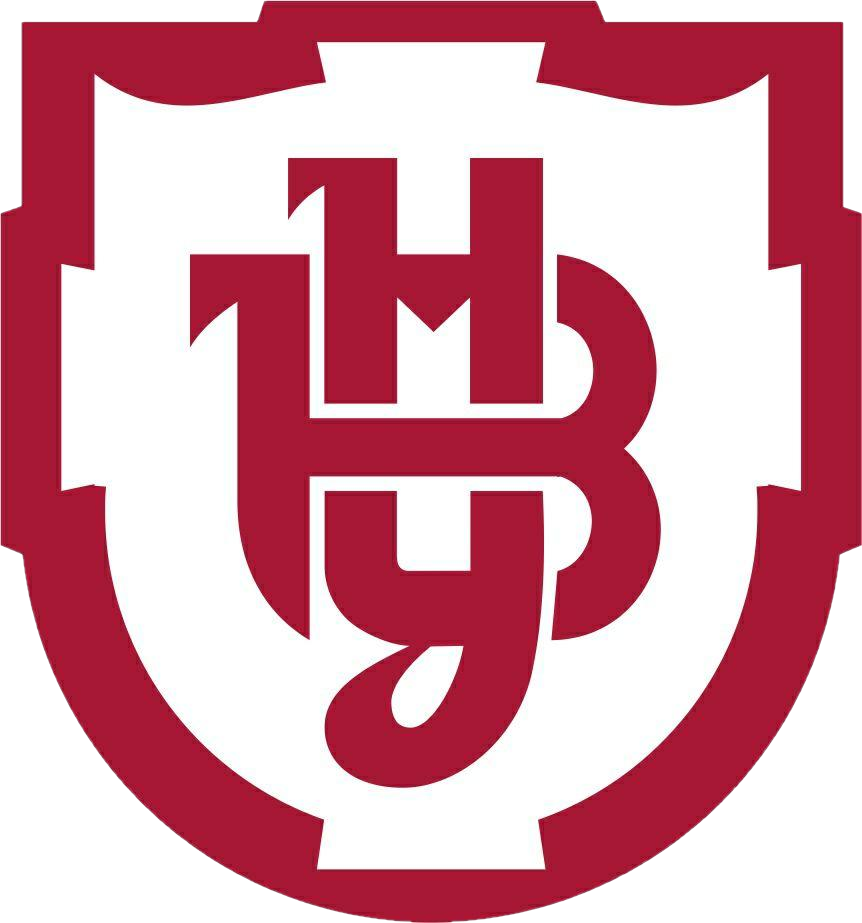INTERNET SPACE AS AN ENVIRONMENT FOR THE FORMATION OF MEDIA CULTURE OF AN INDIVIDUAL
DOI:
https://doi.org/10.32782/facs-2025-1-56Keywords:
media culture, internet space, media art, media literacy, digital transformation, educational process, critical thinking, ethical standardsAbstract
The study focuses on the influence of the Internet space on the formation of the media culture of the individual, emphasizing its important role in the educational process. The integration of media culture requires the use of innovative approaches that combine media art, digital literacy, interdisciplinary cooperation and ethical principles that contribute to the development of critical thinking and creative activity. The purpose of the article is to analyze the educational potential of the Internet space, assess the role of media art in the formation of media culture and identify the main problems of implementing media educational practices in the digital educational environment. The research methodology is based on a systematic approach to studying the Internet space as a media-cultural environment, as well as on the use of interdisciplinary methods and comparative analysis of educational practices for integrating media culture into the educational process. The results revealed that the Internet space contributes to the development of media culture through interactivity, personalization, and multimedia. Media art, in turn, stimulates creativity, ethical communication and social responsibility. However, there are problems, including fragmentation of methodologies, lack of standardized media literacy assessment systems, and insufficient training of teachers to integrate media education. The study systematizes approaches to integrating media culture into the educational process and identifies important factors that influence its effectiveness, providing a new understanding of the impact of digital transformation on education and media engagement practices. The conclusions emphasize that the Internet space is an important factor in the formation of media culture due to its ability to interactivity, personalization, multimedia, and globalization. Media art is an important tool for the development of creative thinking, ethical norms, and social responsibility. The use of innovative technologies, such as artificial intelligence, virtual and augmented reality, significantly expands the possibilities of media education, creating new perspectives for learning and creative self-expression.
References
Волошенюк О. В. Методика формування умінь з медіаграмотності на заняттях з інтегрованого курсу «Мистецтво» в НУШ. International scientific and practical conference (Wloclawek, February 26–27, 2021). Wloclawek, 2021. P. 63–66. URL: http://baltijapublishing.lv/omp/index.php/bp/catalog/download/108/2986/6344-1?inline=1 (дата звернення: 02.12.2024).
Дегтярьова Г. Візуалізація як важливий засіб ефективної комунікації в процесі навчання. Соціальні комунікації: теорія і практика. 2020. Т. 10. № 1. С. 93–110. URL: https://new.comteka.com.ua/index.php/journal/article/view/36 (дата звернення: 02.12.2024).
Піщанська В. М. Освітні функції медіа в просторі культури ХХІ століття. Новітні дослідження культури і мистецтва: пошуки, проблеми, перспективи: матеріали Всеукр. наук.-практ. конф. (м. Київ, 18 травня 2023 р.). Київ: НАКККіМ, 2023. С. 258–261.
Pishchanska V., Altukhova A., Prusak Y., Kovmir N., Honcharov A. Gamification of education: innovative forms of teaching and education in culture and art. Revista Eduweb. 2022. Vol. 16. № 2. P. 119–133. DOI: https://doi.org/10.46502/issn.1856-7576/2022.16.02.8
Зінчина О. Медіасоціалізація сучасної молоді: виклики і відповіді. Вісник Харківського національного університету імені В.Н. Каразіна. Серія «Соціологічні дослідження сучасного суспільства: методологія, теорія, методи». 2017. Вип. 39. С. 332–339.
Немеш О. Вплив медіа на соціалізацію сучасної молоді. Психологія: реальність і перспективи. 2020. № 14. С. 166–176. DOI: https://doi.org/10.35619/prap_rv.vi14.166
Хрінік Є. Аналіз готовності майбутніх вихователів до формування медіакультури у дітей старшого дошкільного віку. Актуальні питання гуманітарних наук. 2022. Вип. 48. Т. 2. С. 260–265. URL: http://aphn-journal.in.ua/archive/48_2022/part_2/48-2_2022.pdf#page=260 (дата звернення: 02.12.2024).
Седляр Ю. О., Стадниченко О. І. Соціальні медіа як сучасна комунікаційна технологія. Актуальні проблеми філософії та соціології. 2023. № 41. С. 105–110. URL: https://elibrary.kubg.edu.ua/id/eprint/45813/ (дата звернення: 02.12.2024).
Грабарчук О. М. До питання історичного розвитку аудіовізуальної медіакультури. Науковий вісник Київського національного університету театру, кіно і телебачення імені І.К. Карпенка-Карого. 2019. № 25. С. 134–137. DOI: https://doi.org/10.34026/1997-4264.25.2019.188341
Медіазнавчі студії в євроінтеграційному дискурсі України: колективна монографія / За ред. В. Л. Іващенко. Київ: ДП «Експрес-об’ява», 2022. 200 с. URL: https://elibrary.kubg.edu.ua/id/eprint/50048/2/Monografija_11.07.2022_compressed.pdf#page=73 (дата звернення: 02.12.2024).
Barnett C. Culture and democracy: Media, space and representation. Edinburgh University Press, 2019.
Hutchinson J. Digital intermediation: Unseen infrastructures for cultural production. New Media & Society. 2023. Vol. 25. № 12. P. 3289–3307. DOI: https://doi.org/10.1177/14614448211040247
Kellner D. Media culture: Cultural studies, identity, and politics in the contemporary moment. Routledge, 2020. DOI: https://doi.org/10.4324/9780429244230
Global media arts education: Mapping global perspectives of media arts in education / A. Knochel, O. Sahara (Eds.). Springer Nature, 2022.
Gripsrud J. Understanding media culture. Bloomsbury Publishing, 2017.
What is digital art and characteristics. TAI Arts: website. 2024. URL: https://taiarts.com/en/blog/What-is-digitalart-and-characteristics/ (date of access: 12.12.2024).
Interactive Media in Education. Dream Farm Agency:website. 2024 URL: https://dreamfarmagency.com/blog/interactive-media-in-education/ (date of access: 02.12.2024).
Садовська І. І., Петропавловська С. Є. Вплив вибору соціальної мережі та контенту на ефективність взаємодії та залучення цільової аудиторії. Приазовський економічний вісник. 2020. Вип. 6(23). С. 135–140.
Mihelj S., Leguina A., Downey J. Cultureisdigital: Culturalparticipation, diversityandthedigitaldivide. NewMedia & Society. 2019. Vol. 21. № 7. P. 1465–1485. DOI: https://doi.org/10.1177/1461444818822816
Лисинюк М. В., Голобородько О. О. Медіакультура: сутнісні особливості і функції. Питання культурології. 2020. № 36. С. 38–48. DOI: https://doi.org/10.31866/2410-1311.36.2020.221042







